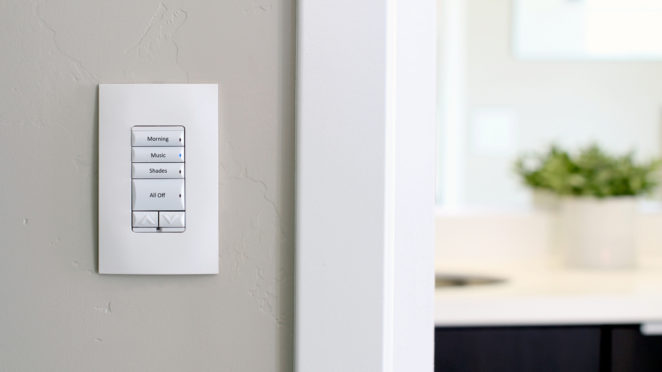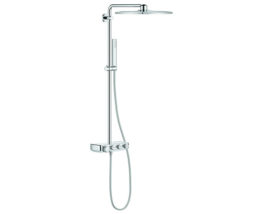
Yes, your conventional light switches might do the job of turning on and off your lights as you will – but if you’re looking for a small yet significant upgrade to your home, then shifting from traditional to smart light switches might appeal to you!
Before going all-out on buying smart light switches, however, below are some pointers you need to keep in mind before (or during) buying one:
How do smart light switches work?
Usually seen as the mediator for the more complex smart bulbs and smart plugs, smart light switches work by giving you the best of both worlds. While you can control your light sources just like your typical light switches, additional conveniences such as brightness and/or dimness features or a pop-up remote control might come with your purchased model. They can also work with your current light sources that you don’t want to replace with smart bulbs. However, note that investing in smart light switches involves hands-on work with permanent solutions.
Compatibility is key
Just like any other smart devices, smart light switches aren’t for everyone. This is why considering which models of smart light switches work with current AI technologies that you use is highly important. Check if the smart light switches you’re eyeing are compatible with either SmartThings, HomeKit, Google Home, Amazon Alexa, or your current AI assistant not mentioned here.
Picture this – don’t you think telling an Alexa-enabled speaker to “turn on the bedroom lights” is easier than going upstairs to turn on your bedroom’s light yourself? You can even integrate them into your morning and night routines by letting your AI assistants know what time you wake and sleep. You can even tell them – say, Hey Google, to turn off all the lights as you leave by the door.
Consider the cost
We’ve mentioned how smart light switches are more of a long-term (or even permanent) solution to your home, which is why it’s no surprise how buying and installing one can be pricey. This is especially true if you’re planning to use them throughout your home.
The good and the bad
If you’re still torn whether buying smart light switches would be the right choice for you and your home, we listed some of the most real pros and cons of using one:
Pros
- Many ways of controlling them – you can manually turn them on and off, use a compatible phone application, or via a smart speaker
- A single light switch is capable of controlling multiple light sources – allowing you to save money for electricity bills, maintenance fees for additional light switches, and/or replacement of your traditional bulbs into smart ones
- Compared to smart bulbs that can’t be controlled when their corresponding conventional light switches are turned off, smart light switches can – allowing you and your guests to control your light sources without moving much
Cons
- Since it involves wiring, the installation of smart light switches might be challenging for renters – unless your landlord allows you to
- Installing them needs neutral whiles, which usually aren’t ideal for older homes
- Smart light switches are only capable of turning your light sources on and off; not all can adjust the dimness or brightness of your light sources unless they are paired with smart bulbs



